The aged beauty of handcrafted globes and manuscript maps offers a rare and profound connection to the past. For those of us who dedicate our lives to preserving this nearly forgotten craft, every opportunity to share our work is a chance to rekindle appreciation for an art form that once shaped how society understood the planet.
On September 30, 2025, I had the honour of participating in a remarkable event: Members' Lecture – Meet the Modern Map and Globe Makers, held at the Greenwich National Maritime Museum in London. This institution, renowned for its vast cartographic collection dating back to the 13th century, provided the perfect setting for a celebration of traditional craftsmanship in contemporary practice.
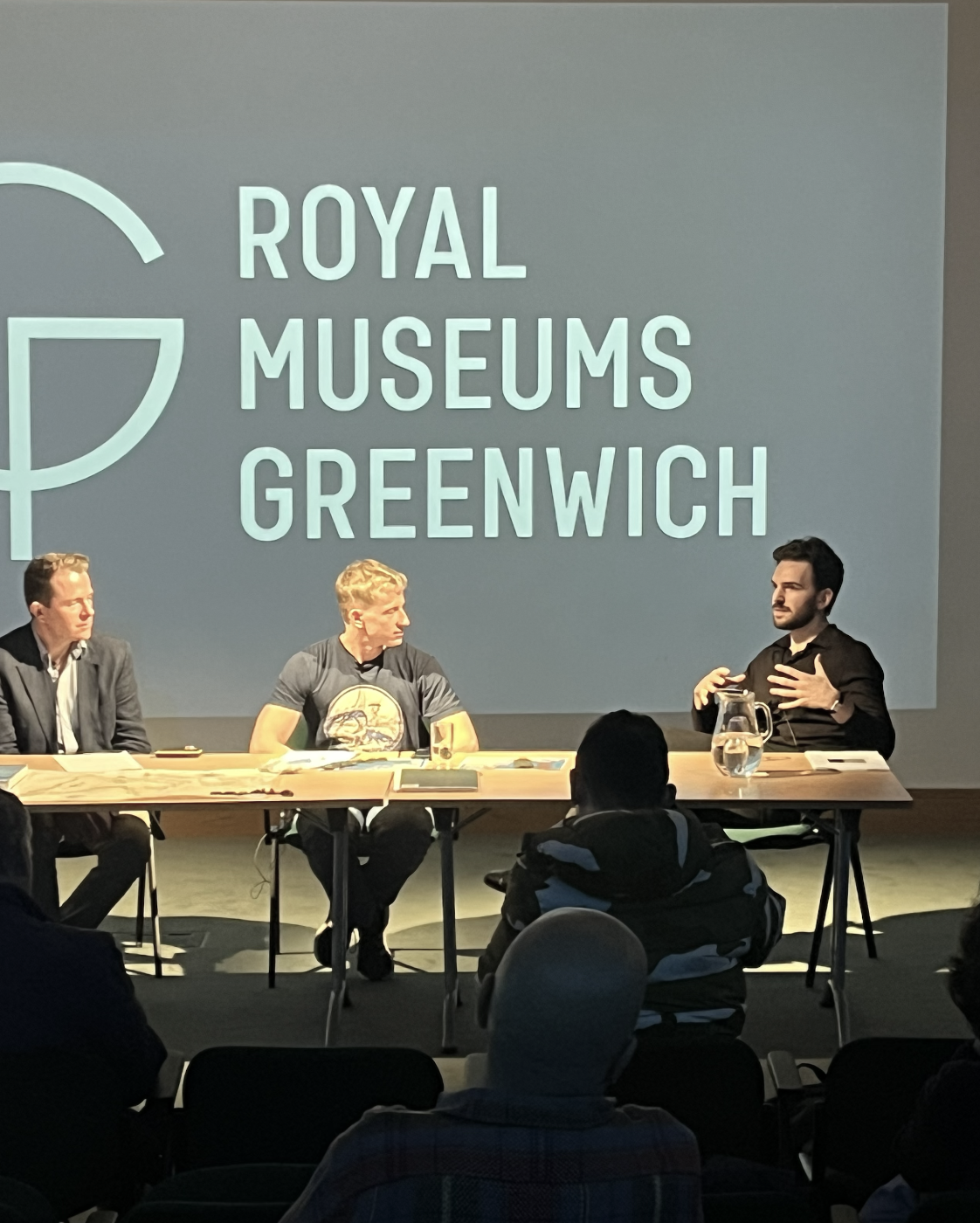
Reviving a Lost Art
Presented by Timothy May, the museum’s Curator of Maps and Mobilities, the evening was arranged to introduce museum members to the few artisans who still create maps and globes by hand. He led the audience through a fascinating exploration of the museum’s cartographic treasures, setting the stage for a dialogue between history and modern artistry. Despite being an almost-extinct profession, this craft continues to thrive in small, passionate circles.
The event showcased the remarkable talents of two contemporary artists: Leonardo Frigo, a globe maker with a deep commitment to preserving traditional craftsmanship techniques, and Kevin Sheehan, a skilled cartographer and historian known for his expertise in medieval manuscript maps. Throughout the event, we took the audience on a journey through our individual artistic paths, sharing not only the stories that have shaped our careers but also the philosophies that guide our creative processes.
A First Introduction
Timothy opened the evening by introducing the museum's stunning globe and map collection. He glossed a spotlight on one of its most treasured artefacts: Vincenzo Coronelli’s Terrestrial Globe, an exquisite masterpiece that became the centrepiece of his talk, creating a deep connection between the craftwork of the past and our own creative journey. The audience was drawn in, eager to explore how this historical work continues to inspire and resonate in our practice today.
The terrestrial globe, housed at the museum's collection, stands as a quintessential example of 17th-century cartographic craftsmanship. Constructed with a plaster-coated sphere, it is overlaid with 12 copper-engraved paper gores, each varnished and segmented to depict latitudinal zones spanning from 0° to 23.5° and from 23.5° to 70° North and South of the equator. In several areas, smaller supplementary pieces have been affixed to enhance detail, while two polar caps complete the globe’s surface.
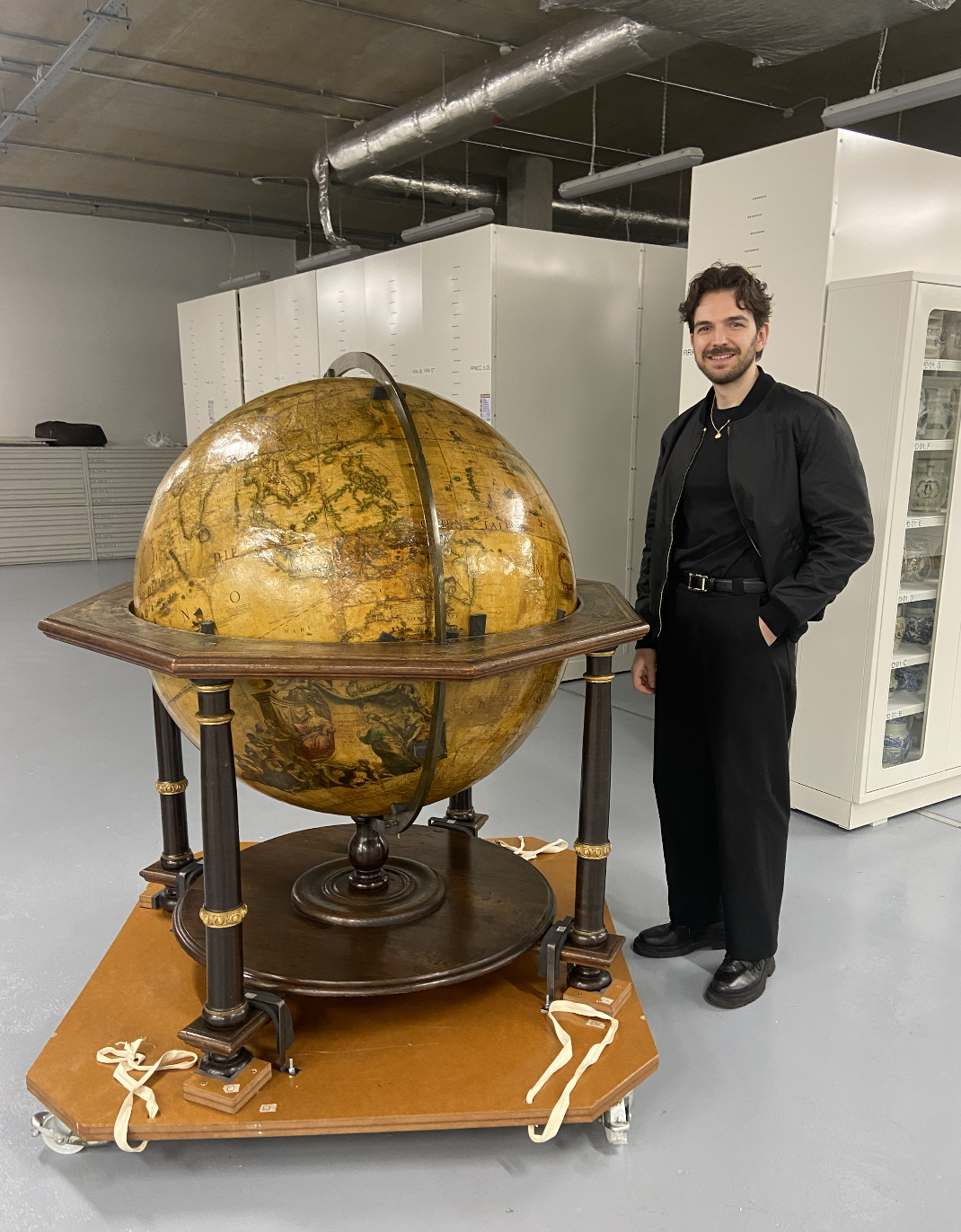
Coronelli's Techniques and Revival
The sphere is mounted within a graduated brass meridian ring, although the hour circle and pointer are no longer present. Supporting its weight, is an ornate wooden stand featuring four turned legs embellished with gilt decoration. These legs are joined by crossbeams that hold a circular base plate and a horizon ring, which is itself covered in copper-engraved printed paper and finished with a protective coating.
Beyond its technical structure, the globe is richly illustrated with ships representing various nations, depictions of local peoples, and annotations on fishing grounds, flora, and fauna. Twenty oceans are named, making it not only the largest globe in the National Maritime Museum’s collection, but also one of the most detailed. For those interested in its full cartographic and structural details, the museum’s dedicated publication offers an in-depth analysis.
Highlights from my Panel
During my presentation, I used Coronelli’s globe as a reference point to illustrate how traditional techniques continue to inform and inspire my own craft. I create globes exclusively from wood and plaster, deliberately avoiding modern materials such as plastic and synthetic resins. This decision is both philosophical and practical: wood was Coronelli’s material of choice, and by adhering to his principles, I strive to recreate globes in the authentic spirit of the old masters.
I also shared with the audience the list of materials traditionally employed by Coronelli: from handmade paper to natural pigments, to show how these elements shaped his work. Today, I source my own paper from Fabriano, continuing that same tradition of Italian craftsmanship that has endured for centuries.
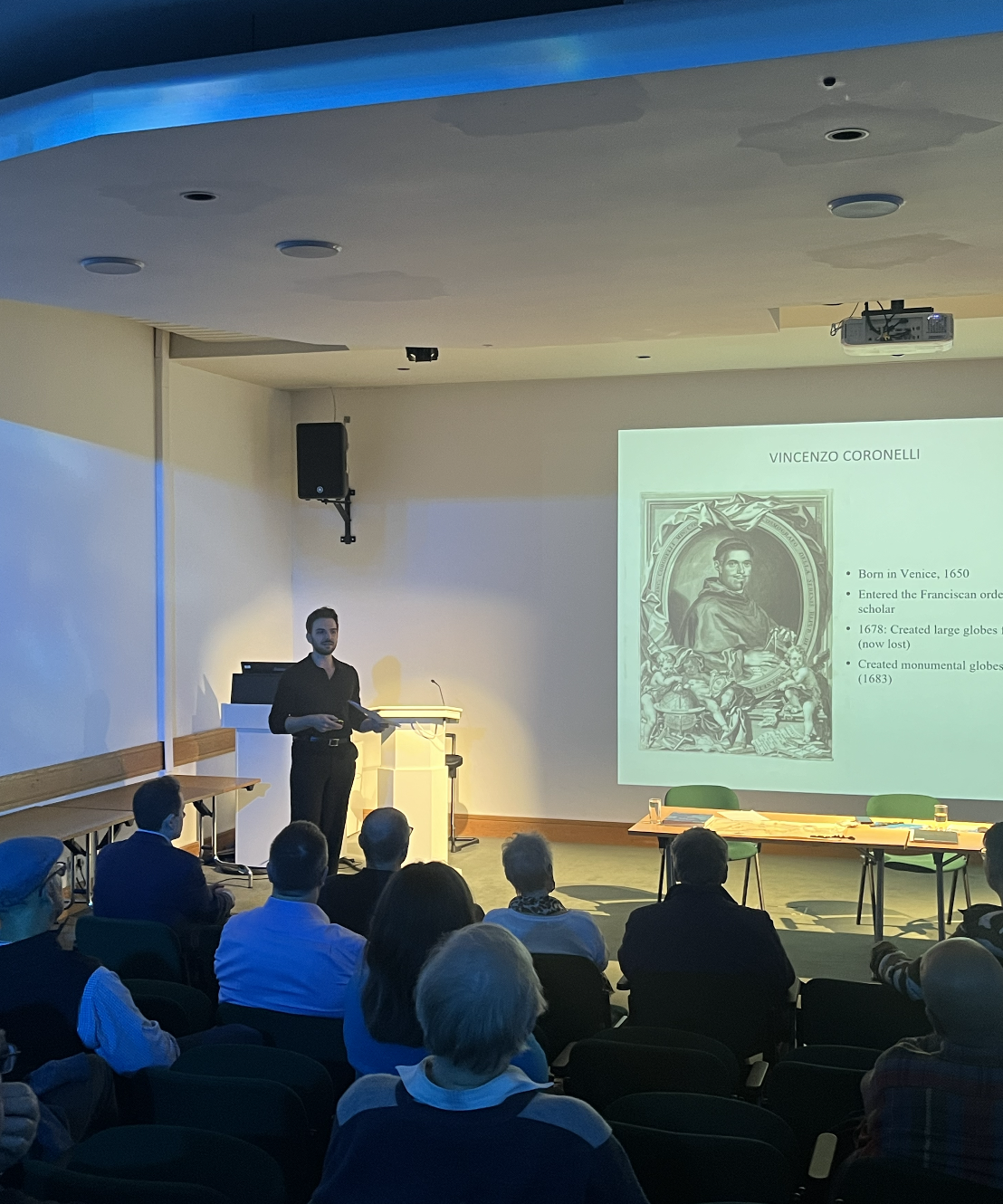
How Deep a Connection Goes
I went on to describe how, beyond wood and plaster, I also incorporate handmade paper and watercolour into my process. Fine-grade paper provides a smooth, even surface essential for printing maps from copper plates, while the use of watercolour adds depth, warmth, and a tactile quality that makes each globe unique. These materials not only honour centuries-old traditions but also embody values of durability and sustainability: qualities often overlooked in today’s mass-produced world.
For me, the connection to Coronelli is more than technical. His work represents the pinnacle of cartographic artistry, and through studying his methods, I gain a deeper understanding of the true essence of globe-making. This dialogue with the past allows me to create contemporary pieces that retain historical resonance, inviting viewers to experience geography in a tangible and meaningful way.
Kevin Sheehan's World of Maps
Following my presentation, Kevin Sheehan took the stage. With a PhD in the history of medieval cartography, he brings scholarly rigour and artistic flair to his work. Through his practice of manuscript map-making, he produces hand-drawn works that echo the aesthetics and techniques of medieval cartography.
Kevin’s talk focused on how maps were copied, adapted, and reinterpreted during the Middle Ages. He explained how cartographers of the time blended geographical knowledge with imagination, often incorporating mythological elements, religious symbolism, and local lore. This fusion of fantasy and reality continues to inspire his own practice, where each map becomes a record, as much as a navigational tool.
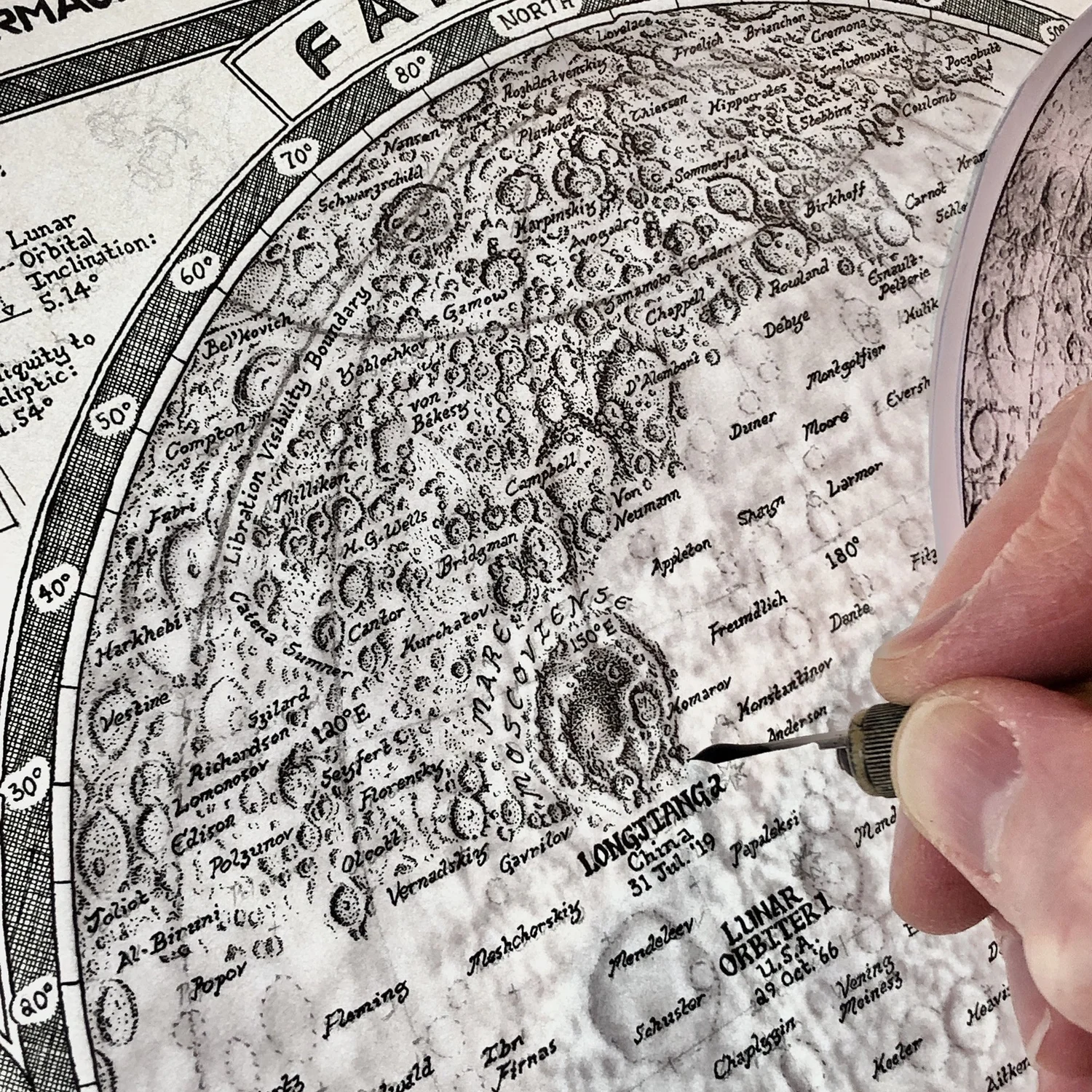
Cultivating a Shared Experience
The evening concluded with a lively Q&A session. The audience was deeply engaged, asking brilliant questions about materials, techniques, and the historical context of our work. Their enthusiasm reaffirmed the enduring fascination with cartographic art and the importance of preserving its legacy.
Participating in this event was a profound experience. Presenting in such a prestigious venue, surrounded by centuries of cartographic history, reinforced the significance of my craft. It reminded me that globe making is not just about creating objects, but storytelling, education, and cultural preservation.
Moments like these strengthen the connection between my work and a historical tradition recognised by internationally renowned institutions. They validate the effort it takes to maintain heritage techniques in a modern world, and inspire me to continue sharing this art with new individuals. As the day drew to a close, I felt how the dialogue between past and present, museum and maker, had come alive. And in that shared space, the lost art of globe making found its voice once again.
Would you like to learn more about Vincenzo Coronelli?
Read the blog "Give me a globe and I will draw the world...."
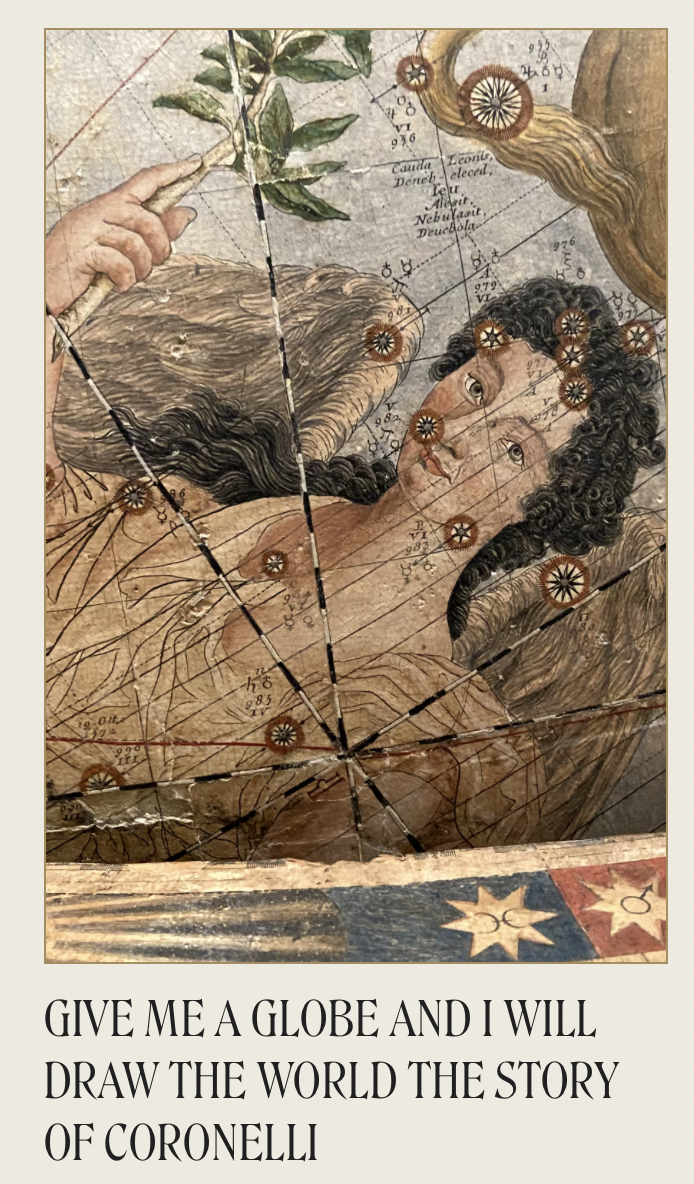
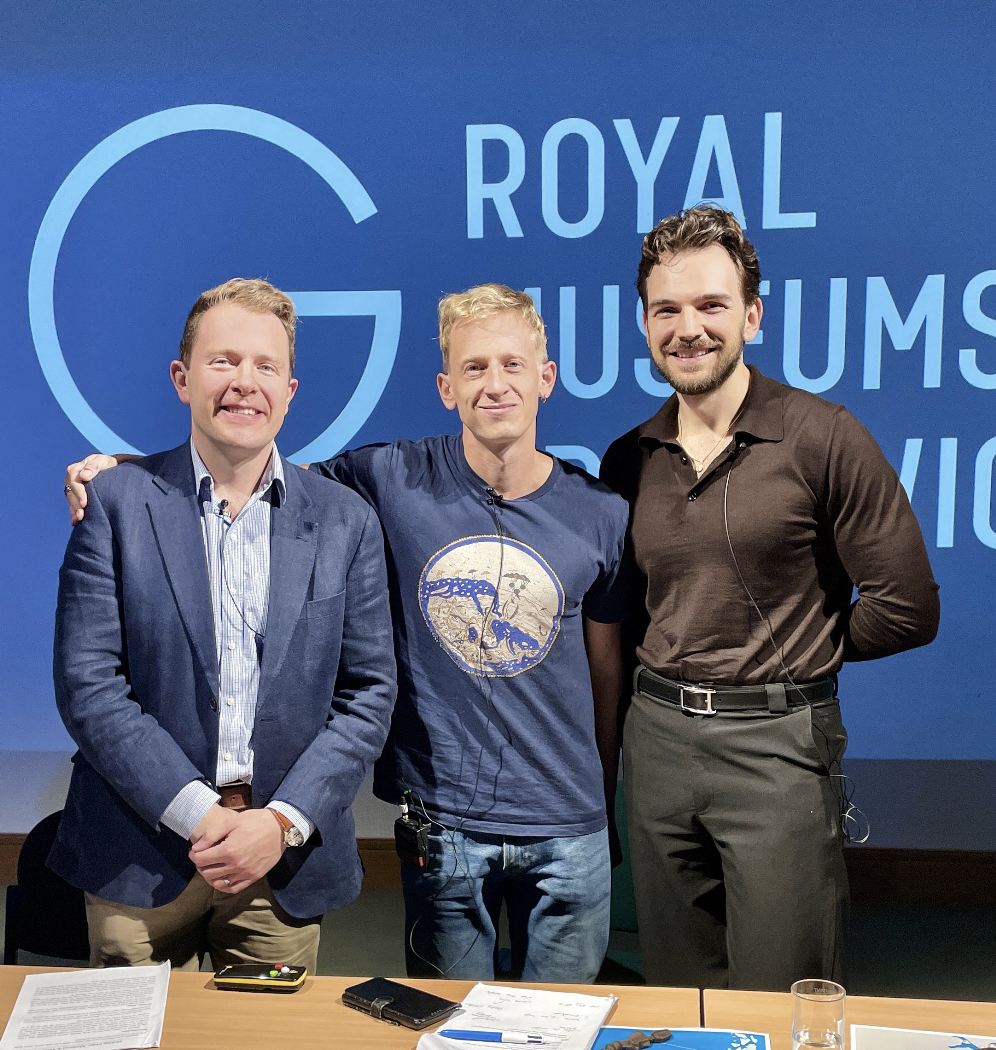
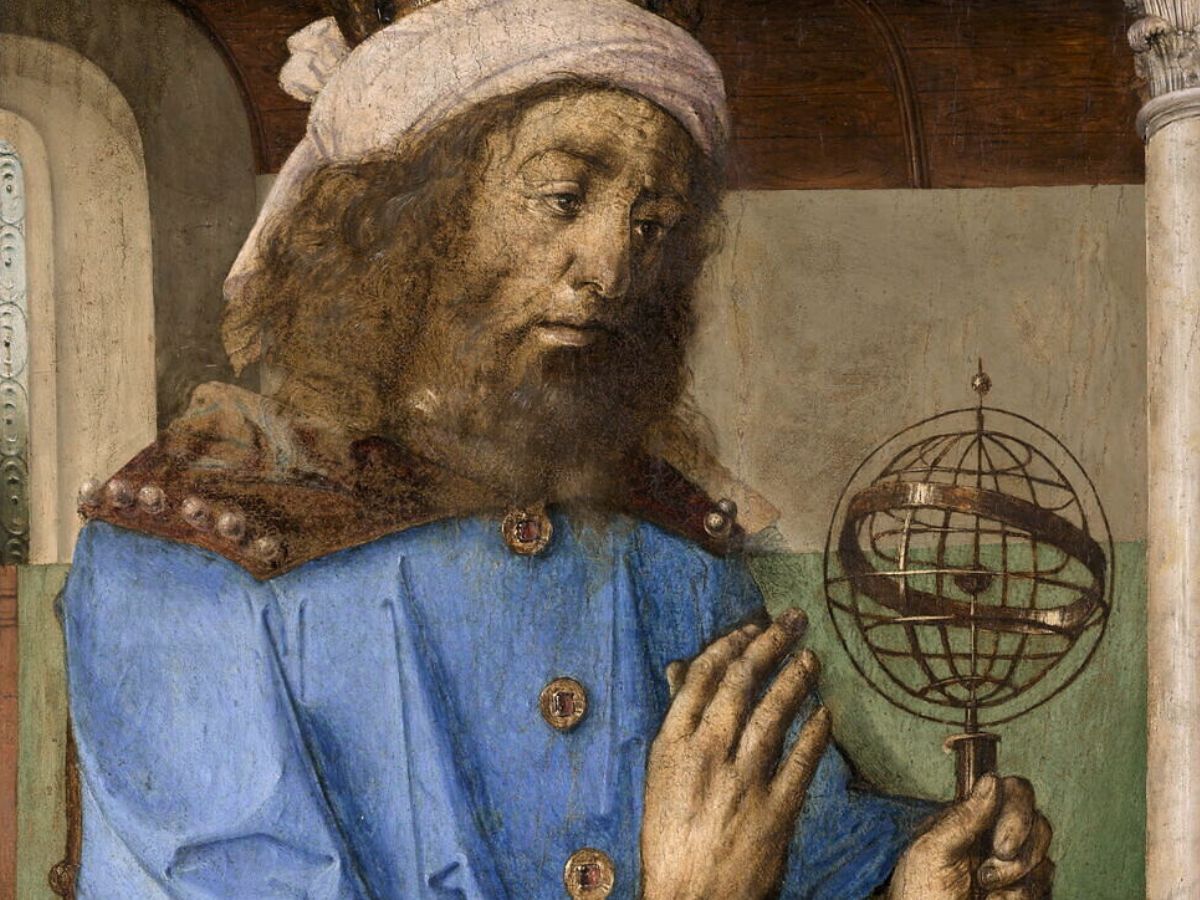

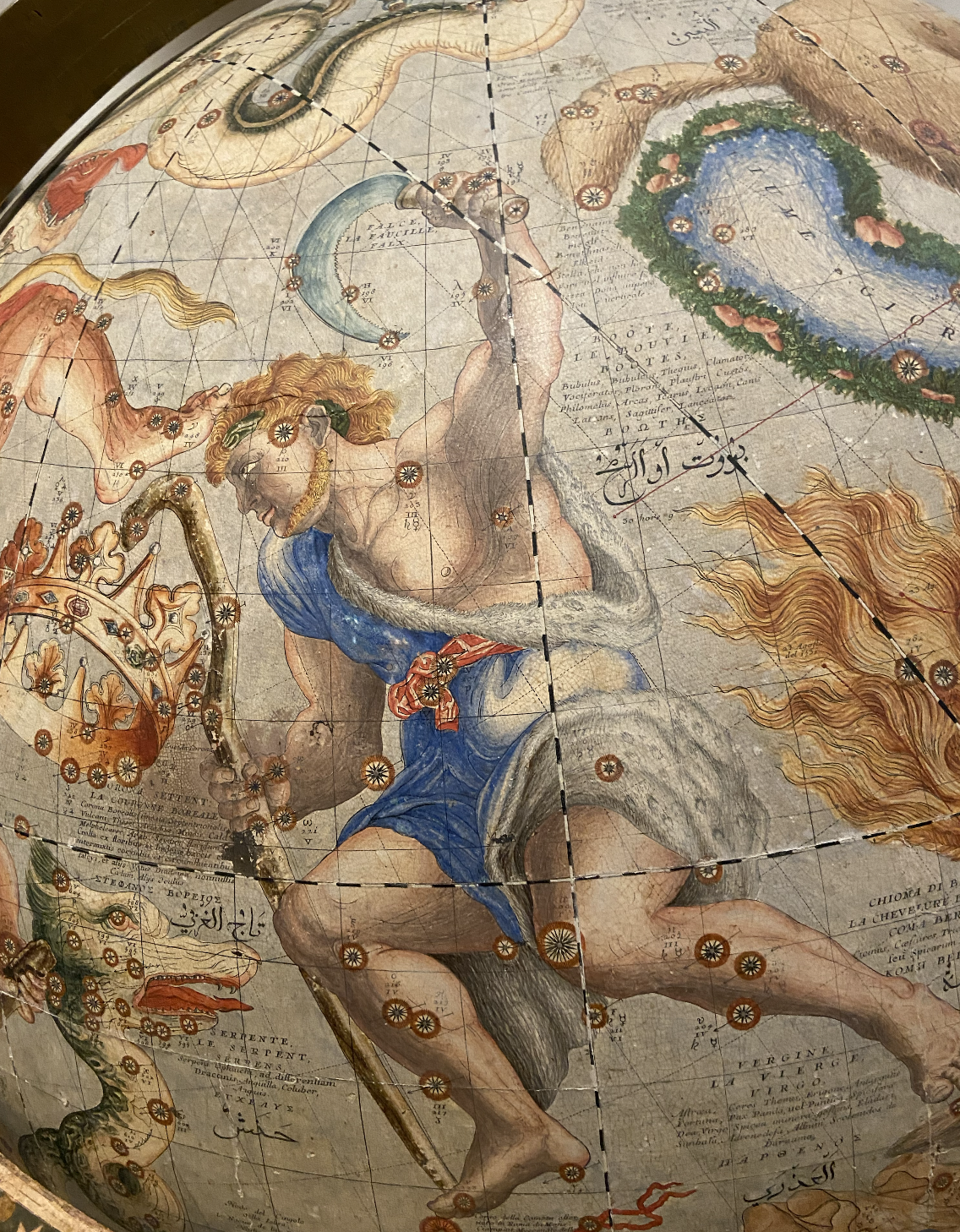
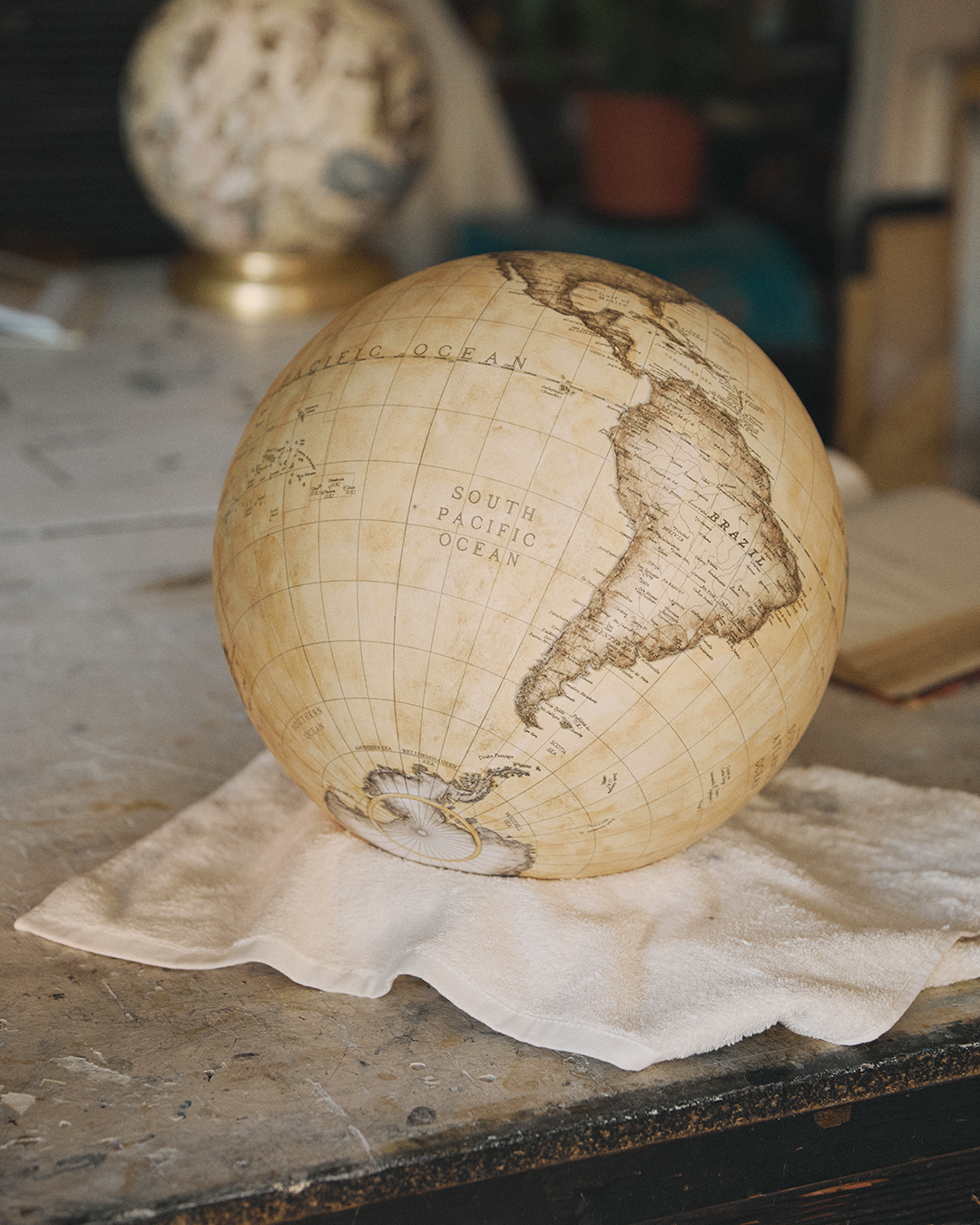
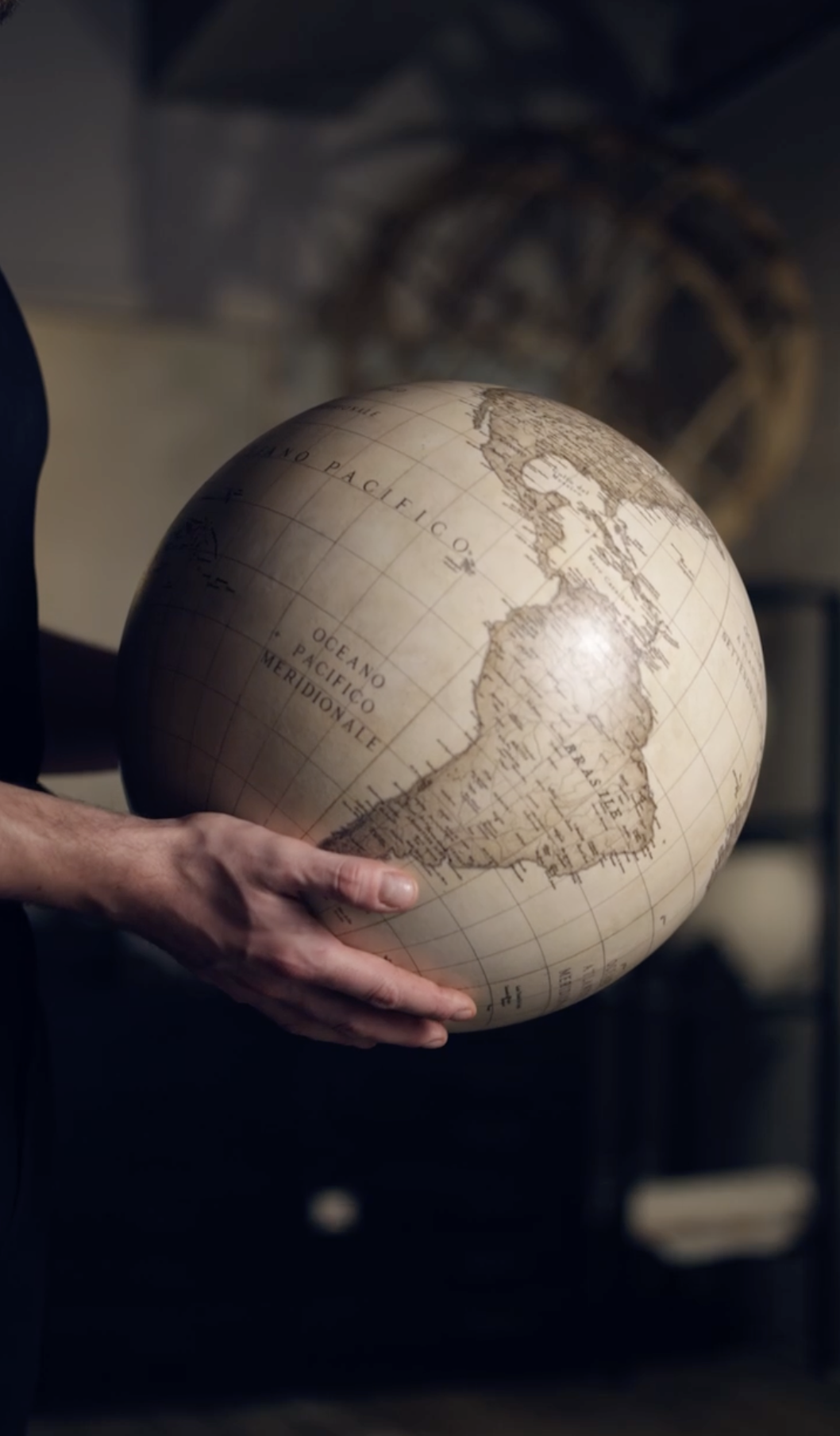

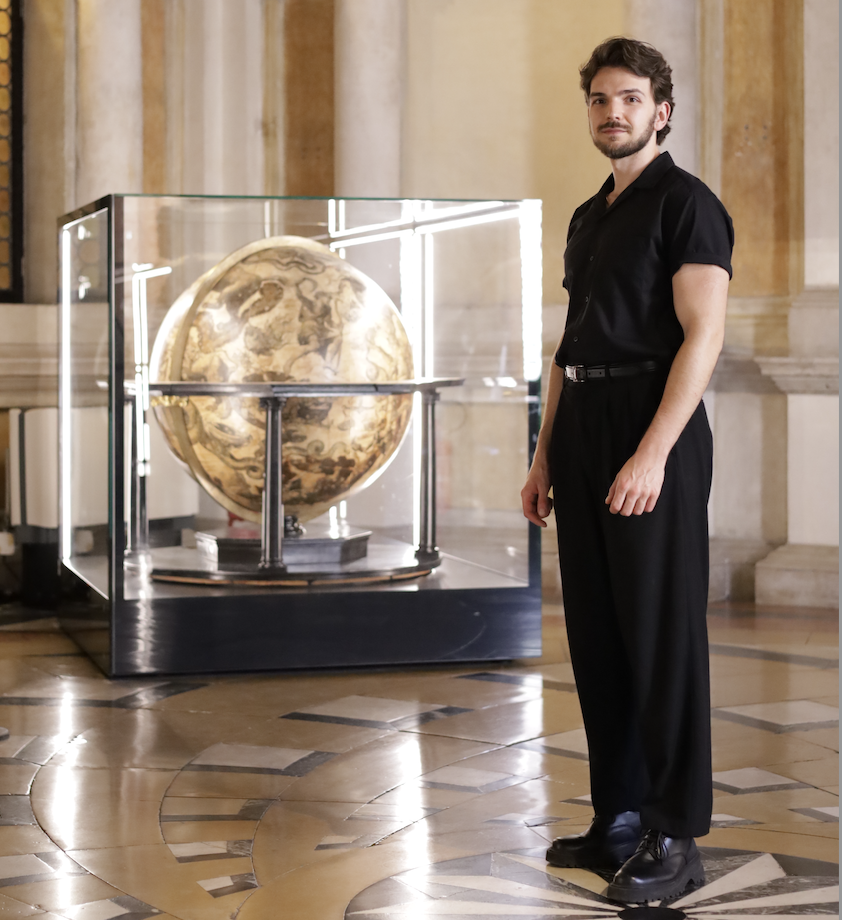


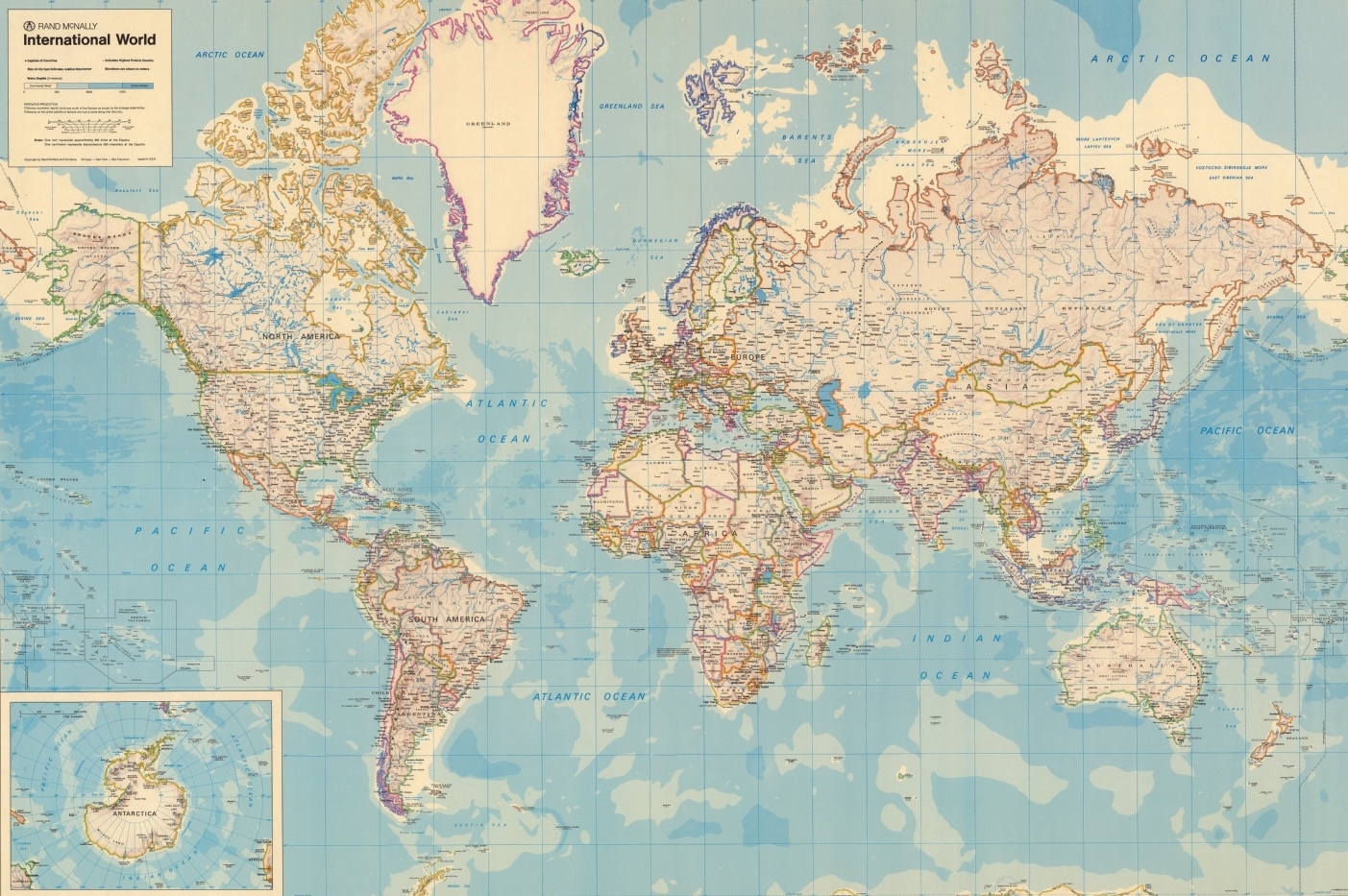
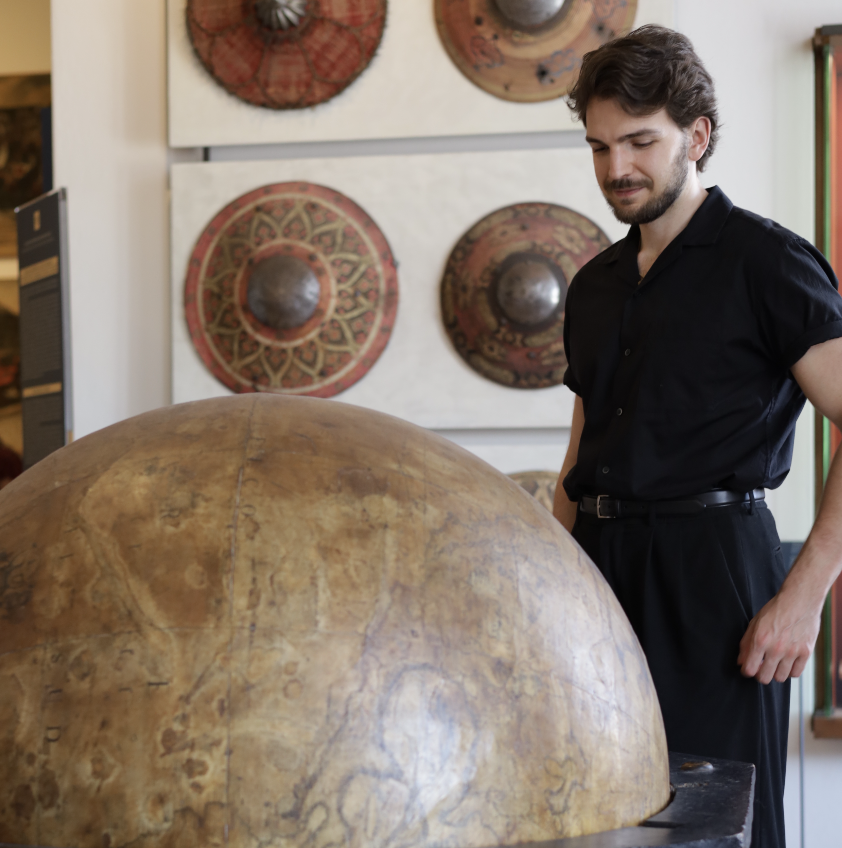
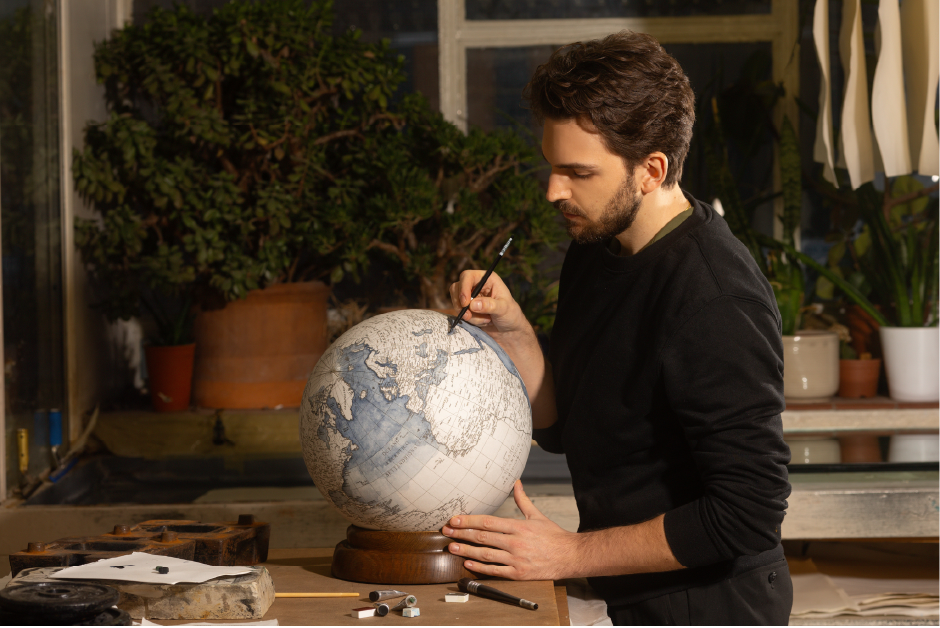
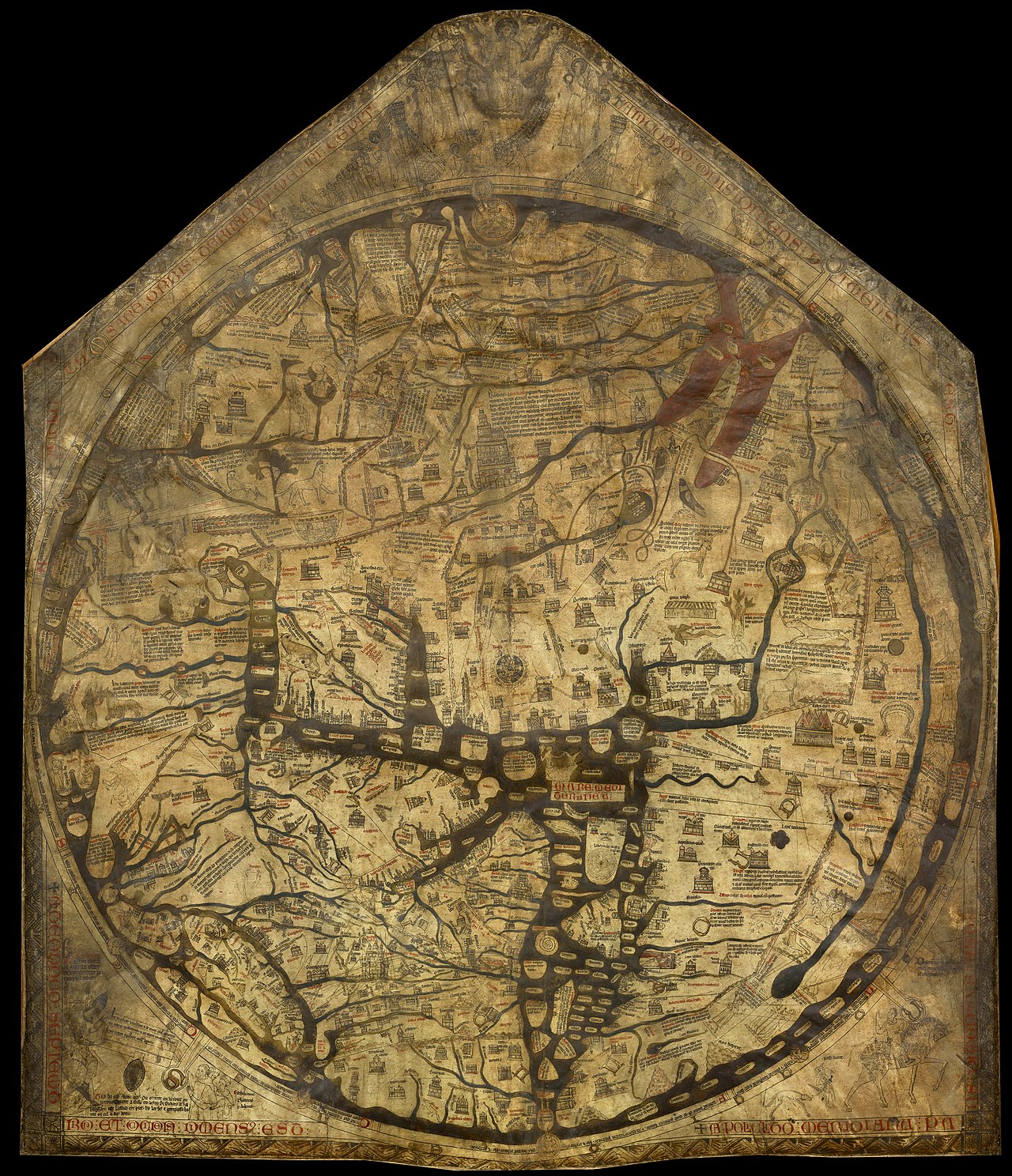
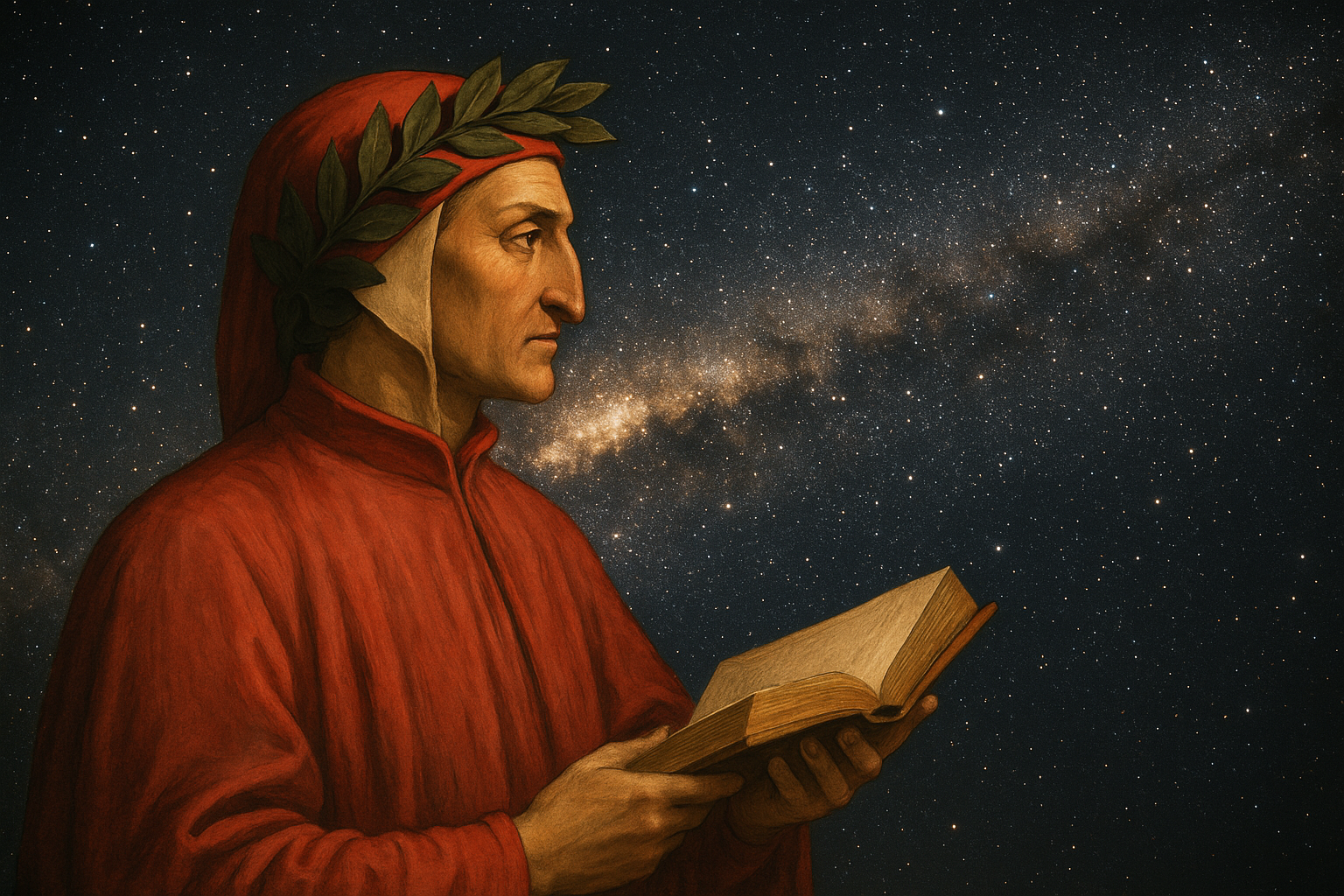
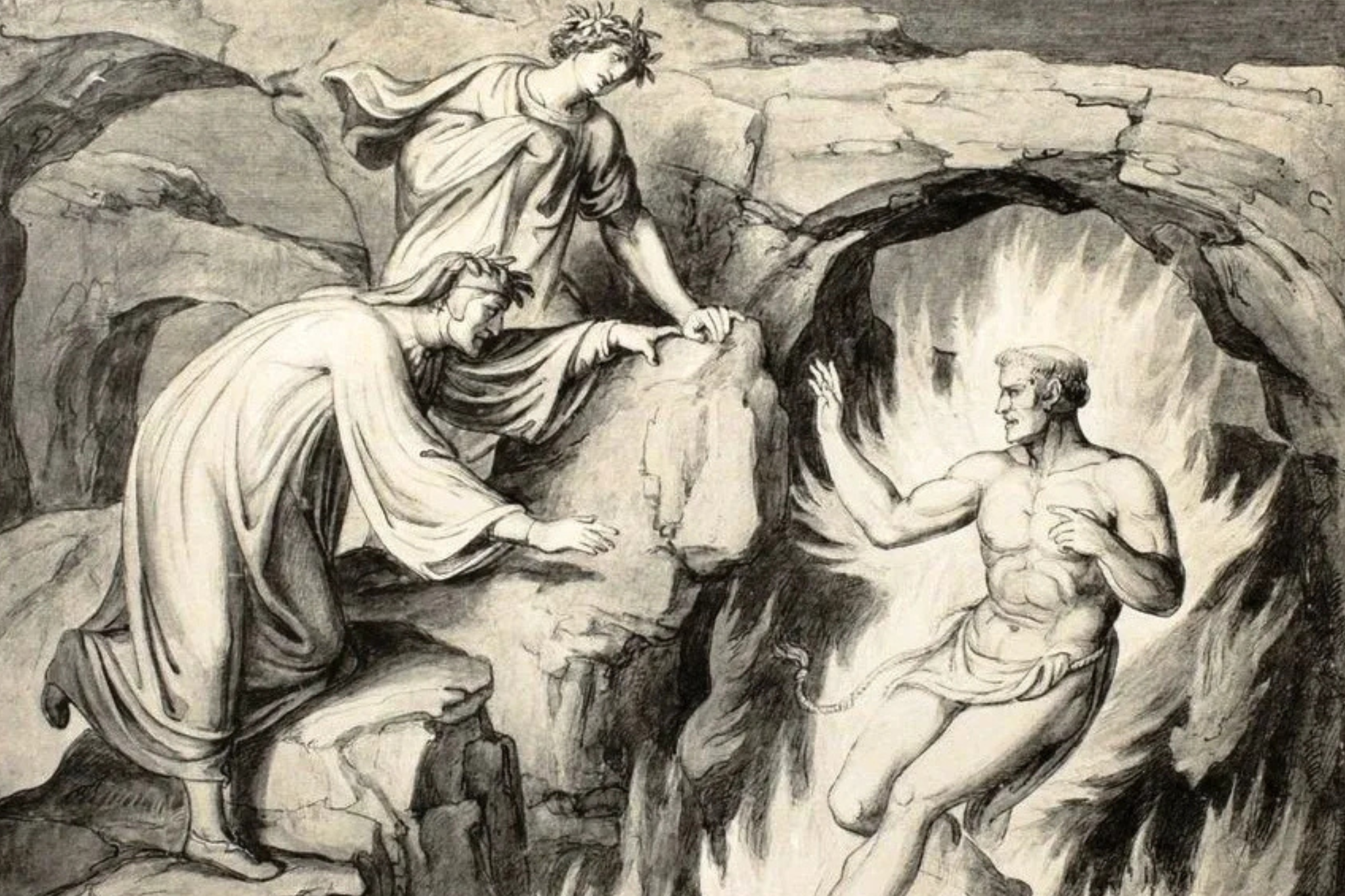

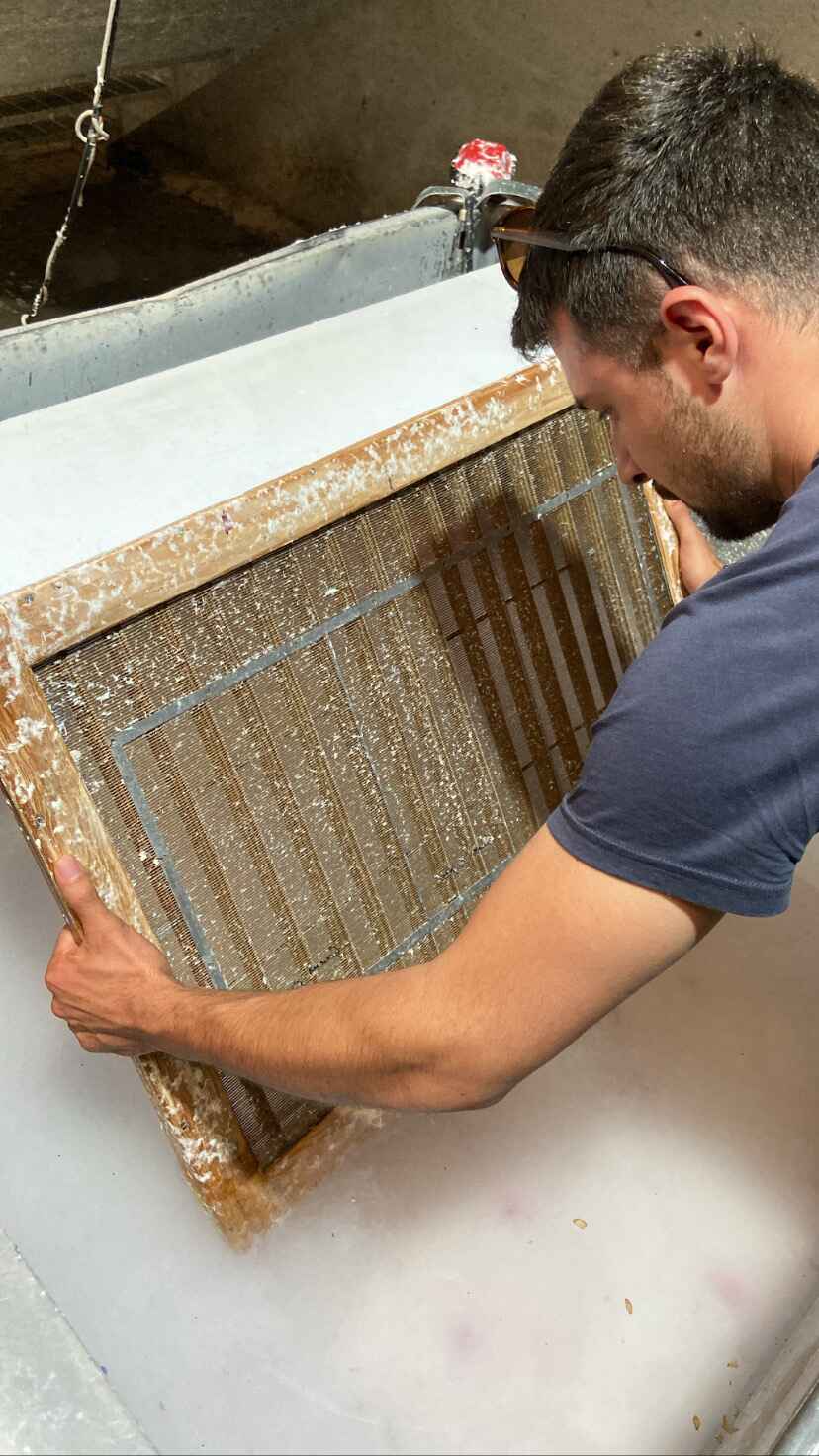






.avif)